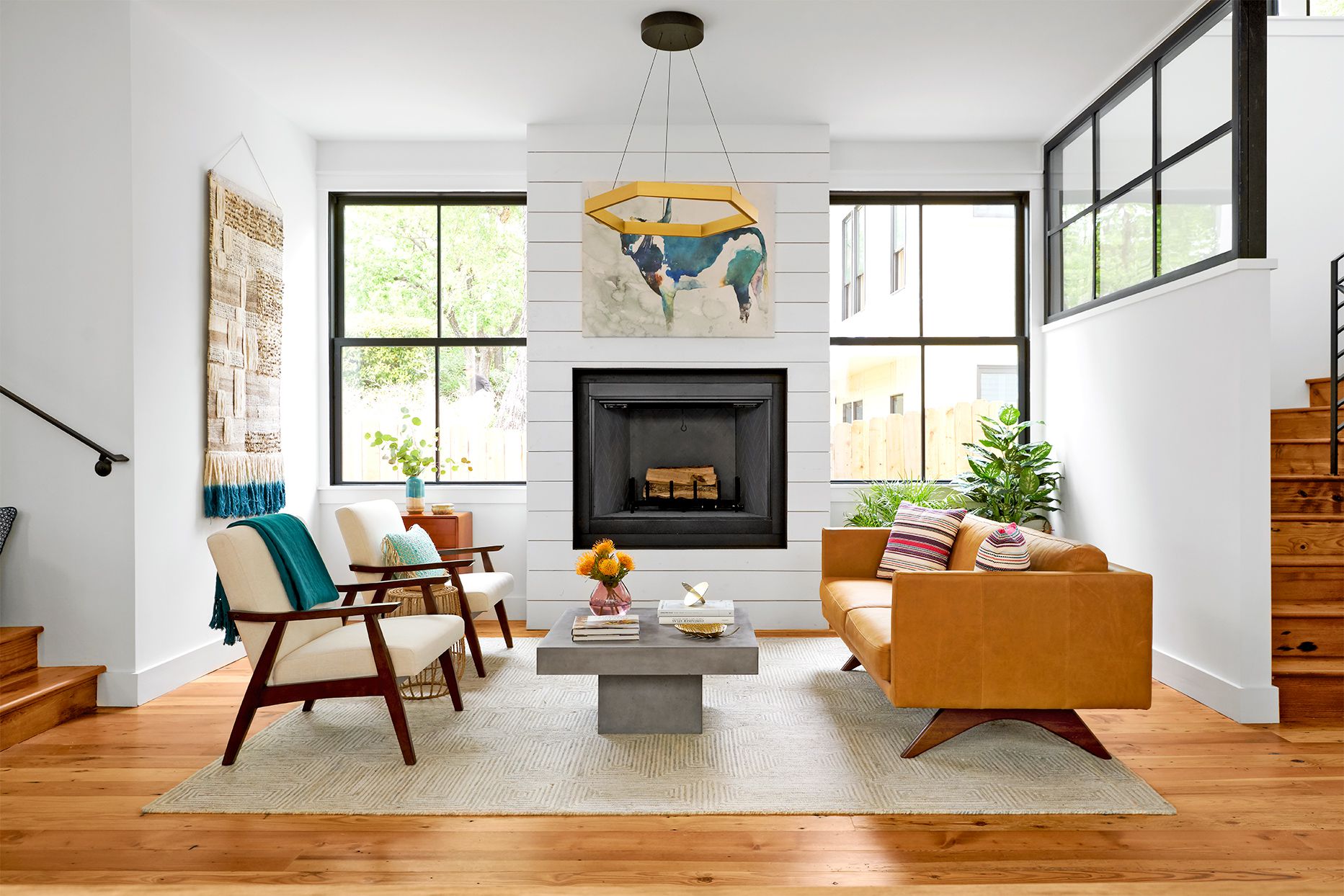

Articles
How To Style A Living Room
Modified: January 19, 2024
Discover expert tips and tricks for styling your living room with our informative articles. Transform your space into a cozy and inviting haven.
(Many of the links in this article redirect to a specific reviewed product. Your purchase of these products through affiliate links helps to generate commission for Storables.com, at no extra cost. Learn more)
Introduction
Welcome to the world of interior design, where creativity meets functionality and aesthetics blend seamlessly. When it comes to styling a living room, it is essential to create a space that reflects your personal taste and offers maximum comfort to you and your guests. Whether you prefer a modern, minimalist look or a cozy, traditional ambiance, a well-styled living room can set the tone for the entire home.
In this article, we will explore the key elements and considerations involved in styling a living room. From choosing the overall theme or style to selecting furniture pieces, arranging them in an appealing layout, selecting the right color scheme, and adding decorative accents, we will cover all the essential steps to bring your living room to life.
Creating a stylish and inviting living room not only enhances the aesthetics of your home but also serves as a functional space for relaxation, entertainment, and socializing. By carefully selecting and arranging furniture, incorporating appropriate lighting options, and adding the perfect finishing touches, you can transform your living room into a harmonious and comfortable haven.
So, let’s dive in and discover how to style a living room that reflects your personality, suits your lifestyle, and creates a warm and welcoming ambiance for everyone to enjoy.
Key Takeaways:
- Styling a living room involves choosing a theme, selecting furniture, arranging the layout, and adding decorative accents to create a space that reflects personal taste and lifestyle while balancing style and functionality.
- Incorporating lighting, creating a cozy atmosphere, maintaining practicality, accentuating focal points, and adding finishing details are essential steps to transform a living room into a welcoming and aesthetically pleasing haven.
Read more: How To Style Rug In Living Room
Choosing the Overall Theme or Style
When styling your living room, the first step is to determine the overall theme or style you want to achieve. This will serve as the foundation and guide for all the subsequent design decisions you make.
Consider your personal preferences and the vibe you want to create in your living room. Do you prefer a modern, minimalist look with clean lines and a sleek color palette? Or perhaps you lean towards a cozy, rustic style with warm earthy tones and natural materials?
Take inspiration from various sources such as interior design magazines, websites, and social media platforms like Pinterest and Instagram. Create a mood board or a collection of images that resonate with you and reflect your desired style.
It’s important to ensure that the chosen theme or style is cohesive with the rest of your home’s decor. A seamless transition from room to room creates a harmonious flow and enhances the overall aesthetics of your living space.
Remember, the theme or style you choose should not only be visually pleasing but should also align with your lifestyle and functional needs. Consider factors such as the size of the room, the amount of natural light it receives, and the activities you typically engage in within the space.
Once you have determined the overall theme or style, you can move on to selecting the perfect furniture pieces that will bring your vision to life.
Selecting Furniture Pieces
After deciding on the overall theme or style of your living room, it’s time to select the right furniture pieces that will complement and enhance the chosen aesthetic.
Start by considering the size and layout of your living room. Measure the available space and take note of any architectural features or focal points, such as windows, doors, or a fireplace. This will help you determine the scale and proportions of the furniture that will fit comfortably within the room.
Consider the function of your living room and the activities you typically engage in. If you enjoy hosting gatherings or watching movies with family and friends, a sectional sofa or a large, comfortable couch might be a good choice. For those who prefer a more formal setting, a set of matching armchairs could create an elegant and sophisticated ambiance.
When selecting furniture pieces, focus on quality and durability. Invest in well-crafted pieces that will stand the test of time and withstand daily use. Consider the materials used, such as solid wood frames, high-quality upholstery, and sturdy construction.
Remember to choose furniture pieces that not only match your desired style but also provide the necessary functionality. Look for pieces with sufficient storage, such as coffee tables with drawers or shelves, or TV stands with compartments for media equipment.
Additionally, consider the comfort factor. Opt for furniture that offers ample cushioning and support, with removable, washable covers for ease of maintenance.
While it’s important to select furniture that fits within your budget, avoid compromising on quality. Remember, investing in durable and timeless pieces will save you money in the long run.
Lastly, don’t be afraid to mix and match different styles and textures to create visual interest and add personality to your living room. Incorporate accent chairs, side tables, and a variety of textures, such as plush rugs, decorative pillows, and curtains, to create layers and depth within your space.
Once you have carefully selected your furniture pieces, it’s time to move on to arranging them in a way that maximizes the functionality and aesthetics of your living room.
Arranging Furniture Layout
Now that you have selected your furniture pieces, it’s time to arrange them in a way that creates an inviting and functional layout for your living room.
Start by considering the focal point of the room. It could be a fireplace, a large window with a scenic view, or a media center. Arrange the furniture in a way that highlights and complements the focal point.
Next, create conversation areas by arranging the seating pieces in a way that encourages interaction and facilitates easy communication. Place sofas and chairs facing each other to create a cozy and intimate setting for conversations. Utilize coffee tables or ottomans as a central point for drinks and snacks.
Take into account the flow of foot traffic within the room. Ensure there is sufficient space for people to move around comfortably without any obstructions. Avoid blocking doorways or creating narrow walkways that make the space feel cramped.
If your living room is small, consider using space-saving furniture, such as modular sofas or multifunctional pieces that can serve multiple purposes. Utilize vertical space by incorporating bookshelves or wall-mounted storage units to maximize storage options without taking up valuable floor space.
Don’t forget about the balance and symmetry of the overall layout. Arrange furniture pieces in a way that creates a sense of harmony and visual balance. Balance the size and scale of the furniture, and distribute them evenly throughout the room.
Experiment with different furniture arrangements before settling on a final layout. Move the pieces around and see how different placements can change the feel and functionality of the room. Don’t be afraid to try unconventional layouts or think outside the box to create a unique and personalized space.
Lastly, consider the placement of accessories and decorative elements. Add side tables, lamps, and decorative accents to enhance the overall aesthetics and functionality of the room. Create vignettes using artwork, plants, or personal mementos to add personality and character to your living room.
By carefully arranging your furniture, you can create a living room layout that maximizes space, functionality, and visual appeal. Now that you have a well-arranged living room, let’s move on to selecting the right color scheme to enhance the overall atmosphere.
Picking the Right Color Scheme
The color scheme of your living room plays a crucial role in setting the mood and ambiance of the space. It can evoke different emotions, create visual interest, and tie together the overall theme or style you’ve chosen. Here are some tips for picking the right color scheme for your living room:
1. Consider the overall style: Take into account the style and vibe you want to achieve. For a modern and minimalist look, opt for a monochromatic or neutral color palette with clean lines and subtle contrasts. If you prefer a cozy and traditional ambiance, warm, earthy tones like browns, beiges, and deep reds can create a welcoming atmosphere.
2. Balance light and dark shades: Think about the natural light in your living room and how different colors will interact with it. If you have a room that receives ample natural light, you can experiment with darker shades to create depth and drama. In rooms with limited natural light, opt for lighter colors to make the space feel brighter and more open.
3. Create contrast: A well-chosen color scheme includes a balance of contrasting colors. Pairing complementary colors, like blue and orange or green and red, can create a vibrant and visually appealing look. Alternatively, you can opt for an analogous color scheme, using colors that are adjacent to each other on the color wheel, for a harmonious and soothing effect.
4. Consider the mood: Colors have the power to evoke different moods and emotions. Cool colors like blues and greens can create a calm and serene atmosphere, while warm colors like yellows and oranges can evoke energy and warmth. Consider the mood you want to achieve in your living room and select colors accordingly.
5. Test the colors: Before committing to a color scheme, it’s essential to test how the colors will look in your living room. Paint swatches on the wall or use color visualization tools to get a sense of how the colors will interact in the space. Consider how the colors will coordinate with your furniture pieces and other decorative elements.
6. Add pops of color: If you prefer a more neutral color scheme, you can still incorporate pops of color through accessories and accent pieces. Add vibrant throw pillows, rugs, curtains, or artwork to inject personality and visual interest into the space.
Remember, there are no strict rules when it comes to selecting a color scheme for your living room. It’s ultimately about creating a space that reflects your personal taste and brings you joy. Trust your instincts, experiment with different colors, and choose a scheme that makes you feel at home.
With the right color scheme in place, you can now move on to adding decorative accents and accessories to elevate the style of your living room.
Read more: How To Style Carpeted Living Room
Adding Decorative Accents and Accessories
Once you have chosen the furniture and established a color scheme for your living room, it’s time to add those special decorative accents and accessories that will elevate the style and personality of the space.
Decorative accents play a crucial role in adding visual interest, texture, and personality to your living room. Here are some ideas to guide you:
1. Wall Art: Hang artwork or create a gallery wall to add a focal point and inject personality into the space. Choose pieces that resonate with your style, whether it’s abstract paintings, landscape photography, or framed prints of your favorite quotes or illustrations.
2. Mirrors: Mirrors not only serve functional purposes but also help create an illusion of space and reflect light. Hang a mirror or create a gallery wall of mirrors to make your living room feel larger and brighter.
3. Plants and Greenery: Bring life into your living room with indoor plants and greenery. Not only do they add a refreshing touch of nature, but they also improve air quality. Choose plants that thrive in indoor environments and complement your style, from small succulents to tall, elegant palms.
4. Cushions and Throws: Add comfort and texture by incorporating cushions and throws on your sofas and chairs. Choose a variety of colors, patterns, and textures to add depth and visual interest. Experiment with different arrangements and layering techniques for a cozy and inviting feel.
5. Decorative Pillows: Decorative pillows can instantly transform the look of your living room. Mix and match different sizes, shapes, and patterns to create a visually appealing arrangement. Consider adding accent pillows in complementary or contrasting colors to tie in with your chosen color scheme.
6. Rugs: A well-chosen rug can tie the entire room together and define separate areas within the living room. Consider the size, pattern, and texture of the rug to complement your furniture and enhance the overall aesthetics of the space.
7. Decorative Lighting: Incorporate both ambient and task lighting to create the desired mood and functionality in your living room. Choose statement light fixtures such as pendant lights or chandeliers for a focal point, and add table lamps or floor lamps for task lighting and ambiance.
8. Personal Touches: Infuse your living room with elements that reflect your personal interests and experiences. Display books, travel souvenirs, or family photos on shelves or coffee tables. These personal touches add a sense of authenticity and make the space truly yours.
Remember, the key is to strike a balance with your decorative accents. Avoid overcrowding the space with too many accessories, as it can lead to a cluttered and chaotic look. Choose items that complement each other and the overall theme or style of your living room.
By carefully selecting and arranging decorative accents and accessories, you can create a living room that is visually appealing, inviting, and reflects your unique personality.
Now, let’s move on to the importance of incorporating appropriate lighting options in your living room.
Consider using a mix of textures, such as a cozy rug, velvet pillows, and a sleek coffee table, to add visual interest and depth to your living room design.
Incorporating Lighting Options
Lighting is a crucial element when it comes to creating the right ambiance and functionality in your living room. Proper lighting can enhance the overall atmosphere, highlight key features, and provide the necessary illumination for various activities. Here are some tips for incorporating lighting options into your living room:
1. Natural Light: Utilize the natural light in your living room to the fullest extent. Keep windows uncovered or use sheer curtains to allow ample daylight to filter in. Natural light not only brightens up the space but also creates a warm and inviting atmosphere.
2. Ambient Lighting: Ambient lighting provides overall illumination and sets the mood in the room. Ceiling-mounted fixtures, such as chandeliers or recessed lights, can distribute light evenly throughout the space. Consider the height of the ceiling and the scale of the room when choosing the appropriate size and style of fixtures.
3. Task Lighting: Task lighting is essential for specific activities such as reading, working, or playing games. Place table lamps on side tables or desks, ensuring they provide adequate illumination for the task at hand. Floor lamps can also be positioned near seating areas to provide targeted lighting for activities like reading or knitting.
4. Accent Lighting: Accent lighting is used to highlight specific features or objects in your living room. Use adjustable wall sconces or picture lights to draw attention to your favorite artworks or architectural details. Display shelves or bookcases can also benefit from the addition of small LED strip lights to create a dramatic effect.
5. Dimmers and Smart Lighting: Incorporating dimmers or smart lighting systems allows you to control the intensity of the light in your living room. This gives you the flexibility to adjust the lighting according to your needs and create different moods or atmospheres. Dimmers also help conserve energy by reducing brightness when lower lighting levels are sufficient.
6. Layered Lighting: To create a well-balanced and visually appealing lighting scheme, consider layering different types of lighting. Combining ambient, task, and accent lighting creates depth and allows you to customize the illumination in your living room based on the activities or ambiance you desire.
7. Lighting Fixtures as Decor: Don’t overlook the design potential of lighting fixtures themselves. Select fixtures that complement your chosen style and become a statement piece in your living room. From elegant chandeliers to modern pendant lights or unique floor lamps, lighting fixtures can add character and become a focal point in the room.
Remember to consider the placement and direction of lighting fixtures to avoid casting harsh shadows or glare. Aim for a balance of light throughout the space, ensuring that all areas of the living room are adequately illuminated for both functionality and aesthetics.
Now that we have explored the importance of lighting, let’s move on to the next step: creating a cozy and inviting atmosphere in your living room.
Creating a Cozy and Inviting Atmosphere
Creating a cozy and inviting atmosphere in your living room is essential for a space that feels warm, welcoming, and comfortable. Here are some tips to help you achieve this:
1. Use Warm Colors: Colors play a significant role in setting the mood of a room. Opt for warm, earthy tones like beige, brown, or deep reds to create a cozy and inviting ambiance. These colors evoke a sense of comfort and warmth.
2. Layer Textures: Incorporate different textures throughout your living room to add depth and visual interest. Use plush rugs, soft cushions, and cozy throws to make the space feel inviting and comfortable. Mix and match different fabrics like linen, velvet, or wool to create a tactile experience.
3. Create a Reading Nook: Designate a small corner in your living room as a cozy reading nook. Add a comfortable armchair or a chaise lounge, a side table for books and a reading lamp. This creates a tranquil space for relaxation and encourages moments of quiet contemplation.
4. Incorporate Natural Elements: Bring elements of nature into your living room to create a soothing and organic feel. Place indoor plants strategically around the room to add freshness and a touch of greenery. Consider incorporating natural materials like wood, rattan, or jute in furniture or decor items to add warmth and texture.
5. Soft Lighting: Choose lighting options that create a warm and soft glow in your living room. Avoid harsh or overly bright lights as they can create a cold and unwelcoming atmosphere. Use lamps with soft, warm bulbs or install dimmers to adjust the lighting according to the desired mood.
6. Create a Conversational Layout: Arrange your furniture in a way that promotes conversation and interaction. Position seating pieces facing each other to create an intimate and inviting seating arrangement. Add coffee tables or ottomans as a central point for gathering and conversation.
7. Scented Candles or Diffusers: Engage another sense of relaxation and comfort by introducing pleasant scents into your living room. Lighting scented candles or using essential oil diffusers can create a calming and inviting atmosphere. Choose scents that you find comforting, such as lavender, vanilla, or citrus.
8. Cozy Fireplace: If you have a fireplace in your living room, make it a focal point and create a cozy atmosphere around it. Arrange furniture around the fireplace to create an intimate seating area. Add a decorative fire screen and create a warm and inviting ambiance with a crackling fire.
9. Soft Textiles: Incorporate soft textiles into your living room decor, such as plush rugs, cozy curtains, and luxurious drapes. These add warmth and create a sense of comfort. Choose fabrics that are soft to the touch and visually appealing.
10. Personalize with Memories: Display personal mementos or family photos that evoke cherished memories. Surround yourself with items that have sentimental value and bring a sense of familiarity and comfort to the space.
By following these tips, you can transform your living room into a cozy and inviting sanctuary, where you and your guests can relax and unwind. Next, let’s explore how to maintain functionality and practicality in your living room space.
Maintaining Functionality and Practicality
While creating a cozy and inviting atmosphere is important, it’s equally essential to ensure that your living room remains functional and practical for everyday use. Here are some tips to help you maintain functionality in your living room:
1. Consider Traffic Flow: Arrange your furniture in a way that allows for easy movement and traffic flow. Avoid blocking pathways and ensure there’s enough space to maneuver around the room comfortably. This will prevent any obstructions and make the room more user-friendly.
2. Storage Solutions: Incorporate clever storage solutions to keep your living room organized and clutter-free. Utilize bookshelves, built-in shelves, or storage ottomans to conceal and store items such as books, magazines, and electronic devices. Keeping clutter at bay will create a more functional and spacious environment.
3. Multi-purpose Furniture: Opt for multi-purpose furniture pieces that serve dual functions. For example, choose a coffee table with hidden storage compartments or a sofa bed that can double as a guest bed. This maximizes space and provides additional functionality when needed.
4. Functional Layout: Arrange your furniture in a way that caters to the activities you primarily engage in. Ensure that the seating is positioned to face the television for a cozy movie night or the fireplace for a warm and comfortable gathering. Designate separate areas for different functions, such as a study area with a desk and chair for work or a play area for children.
5. Child-Friendly Design: If you have children or pets, consider their needs when designing your living room. Choose durable and easy-to-clean furniture and opt for non-toxic materials. Ensure that sharp edges and breakable items are safely secured or avoided altogether to create a safe environment for everyone.
6. Accessible Storage: Make frequently used items easily accessible. Keep remote controls, magazines, and other everyday essentials within reach. Use decorative storage boxes or trays to corral smaller items and keep them organized while still adding style to your living room.
7. Tech-Friendly Setup: Create a tech-friendly living room by incorporating cable management solutions and providing easy access to power outlets. Arrange furniture to accommodate electronic devices and ensure that wires and cords are neatly tucked away to maintain a clean and organized space.
8. Adequate Seating: Consider the number of people who will typically use your living room and provide enough seating to accommodate them comfortably. Whether it’s a spacious sectional, a combination of sofas and armchairs, or additional floor cushions, ensure that there’s ample seating for both daily use and entertaining guests.
9. Easy-to-Clean Surfaces: Choose furniture with materials that are easy to clean and maintain. Opt for stain-resistant fabrics or leather upholstery that can be easily wiped clean. This will save you time and effort in keeping your living room looking its best.
10. Flexibility: Finally, keep the design of your living room flexible to adapt to changing needs and preferences. Embrace modular furniture, movable pieces, and versatile layouts that can be easily adjusted to accommodate different activities and functions.
By maintaining functionality and practicality in your living room, you ensure that it remains a space that can be enjoyed and utilized to its fullest potential. Now, let’s explore how to accentuate the focal points in your living room.
Accentuating Focal Points
Accentuating focal points in your living room can enhance the visual appeal and draw attention to the key elements that make the space unique. Here are some tips to help you accentuate the focal points in your living room:
1. Highlight Architectural Features: If your living room has architectural features such as exposed brick walls, arched doorways, or decorative moldings, accentuate them by using strategic lighting or complementary paint colors. These features add character and become natural focal points in the room.
2. Emphasize the Fireplace: If you have a fireplace, make it a focal point by arranging furniture around it. Consider adding a mantel and decorating it with artwork, mirrors, or decorative items. Use lighting fixtures to draw attention to the fireplace, creating a cozy and inviting atmosphere.
3. Showcasing Artwork: Displaying artwork is a great way to create a focal point in your living room. Choose a prominent wall and hang a large, eye-catching piece of art. Use accent lighting to highlight the artwork and draw attention to it. Arrange smaller pieces of art in a gallery wall to create a clustered focal point.
4. Centered Furniture: Positioning a statement furniture piece in the center of the room can create a focal point. Consider a unique coffee table, an elegant console table, or a captivating entertainment center. Arrange the furniture around it to highlight its significance and create a balanced composition.
5. Statement Wall: If you want to create a focal point without using traditional elements, consider designing a statement wall. Use bold colors, textured wallpaper, or eye-catching patterns on one wall to make it stand out. You can also incorporate a large mural, a wall hanging, or a collection of artwork to create an impactful focal point.
6. Accentuating Windows: If your living room has large windows or beautiful views, accentuate them by keeping the window treatments simple and minimal. Use sheer curtains or blinds that allow natural light to filter in and provide unobstructed views. Arrange furniture to maximize the view and create a sense of connection with the outdoors.
7. Creating a Feature Wall: Consider creating a feature wall by using distinctive materials such as reclaimed wood, exposed bricks, or decorative panels. This can serve as a focal point and add texture and visual interest to your living room.
8. Lighting Fixtures: Use lighting fixtures strategically to create focal points. Install a captivating chandelier or a unique pendant light that draws attention and becomes the center of attention. Sconces or track lighting can also be used to highlight artwork, shelving, or other decorative displays.
Remember, accentuating focal points doesn’t mean overwhelming the space. It’s about creating visual interest and drawing attention to the unique features or elements that make your living room special. By accentuating these focal points, you can create a dynamic and engaging space that captivates the eyes and enhances the overall aesthetic.
Now, let’s move on to the final step: adding the final touches and finishing details to complete the styling of your living room.
Final Touches and Finishing Details
Now that you’ve gone through the process of styling your living room, it’s time to add the final touches and finishing details that will complete the overall look and create a polished atmosphere. Here are some tips to guide you:
1. Soft Furnishings: Pay attention to the soft furnishings in your living room to add comfort, texture, and visual appeal. Layer your sofas and chairs with decorative throw pillows and cushions in coordinating colors and patterns. Drape cozy blankets or throws on the furniture for added warmth and style.
2. Window Treatments: Consider the window treatments as an opportunity to add a finishing touch to your living room. Choose curtains or blinds that complement the overall style and color scheme. Ensure they are properly hung and fall gracefully to enhance the windows and create a refined look.
3. Area Rugs: Place the appropriate area rug to anchor your seating arrangement and tie the room together. Choose a rug that fits the size of the seating area and complements the overall design. Consider textures, patterns, and colors that add visual interest and define the space.
4. Styling Coffee Tables: Coffee tables are not only functional but also provide a space for decorative elements. Arrange a curated collection of books, a vase of fresh flowers, a stylish tray, or decorative objects that reflect your personal style. Be mindful not to overcrowd the table, allowing space for beverages or snacks.
5. Wall Decor: Add wall decor to fill empty spaces and enhance the overall ambiance of the room. Hang mirrors, artwork, or wall sculptures that complement the style and color scheme. Consider the scale and placement of the pieces to create a balanced and visually appealing arrangement.
6. Greenery and Floral Arrangements: Bring life and freshness to your living room by incorporating greenery and floral arrangements. Place potted plants in selected corners or use tall floor plants to fill empty spaces. Create elegant floral arrangements in vases or decorative pots as centerpieces or focal points on side tables or consoles.
7. Decorative Objects: Use decorative objects strategically to add personality and interest to your living room. Display curated collections, such as art pieces, ceramic vases, or unique sculptures, on shelves or side tables. These objects should enhance the overall aesthetic and reflect your personal style.
8. Scented Candles and Diffusers: Add a final touch of ambiance with scented candles or diffusers that fill the air with fragrances you love. Choose scents that enhance the mood and create a relaxing and inviting atmosphere. Place them on coffee tables or shelves for an extra sensory experience.
9. Thoughtful Displays: Consider creating thoughtful displays that showcase your personal interests or hobbies. Arrange books, travel souvenirs, or family photos in a way that tells a story and reflects your personality. This adds a personal touch and makes the space truly yours.
10. Regular Maintenance: Keep your living room looking its best by making regular maintenance a priority. Dust and clean surfaces, vacuum or clean carpets and rugs, and fluff cushions and pillows. Pay attention to any wear and tear and address it promptly to maintain the overall aesthetics and functionality of the room.
By adding these final touches and finishing details, you will bring your living room styling to completion. Remember to regularly reassess and refresh the elements in your living room to keep it updated and reflective of your evolving style and needs. Enjoy the space you’ve created and make it a haven for relaxation, entertainment, and making memories with loved ones.
With the completion of these final steps, your living room is now beautifully styled and ready to be enjoyed. Congratulations on successfully creating a space that combines both aesthetic appeal and functionality!
Conclusion
Styling a living room is an art form that requires careful consideration of various elements to create a space that is both visually appealing and functional. From choosing the overall theme or style, selecting furniture pieces, arranging the layout, picking the right color scheme, adding decorative accents, incorporating lighting options, creating a cozy atmosphere, maintaining functionality, accentuating focal points, and adding the final touches, each step contributes to the overall ambiance and personality of the room.
By paying attention to these key aspects, you can transform your living room into a welcoming haven that reflects your personal taste and lifestyle. Whether you prefer a modern and minimalist look or a cozy and traditional style, by following the steps outlined in this article, you can achieve a space that is aesthetically pleasing and suits your needs.
Remember, the key is to strike a balance between style and practicality. Your living room should be a space where you can relax, entertain, and spend quality time with loved ones. Therefore, it’s essential to incorporate furniture and elements that not only showcase your style but also cater to your everyday activities.
Throughout the process, don’t forget to infuse your own personal touch and creativity. Mix and match different elements, experiment with colors and textures, and let your living room be a reflection of your unique personality. Make it a space that tells your story and brings you joy every time you step into it.
Lastly, styling a living room is an ongoing process. It’s important to periodically reassess and refresh the elements within the room to keep it up to date and reflective of your evolving taste. Pay attention to maintenance to ensure the longevity and longevity of the space’s aesthetic appeal.
Now that you are equipped with the knowledge and tips to style a living room, it’s time to unleash your creativity and transform your space into a stunning and inviting sanctuary. Enjoy the process and embrace the opportunity to create a living room that truly feels like home!
Frequently Asked Questions about How To Style A Living Room
Was this page helpful?
At Storables.com, we guarantee accurate and reliable information. Our content, validated by Expert Board Contributors, is crafted following stringent Editorial Policies. We're committed to providing you with well-researched, expert-backed insights for all your informational needs.
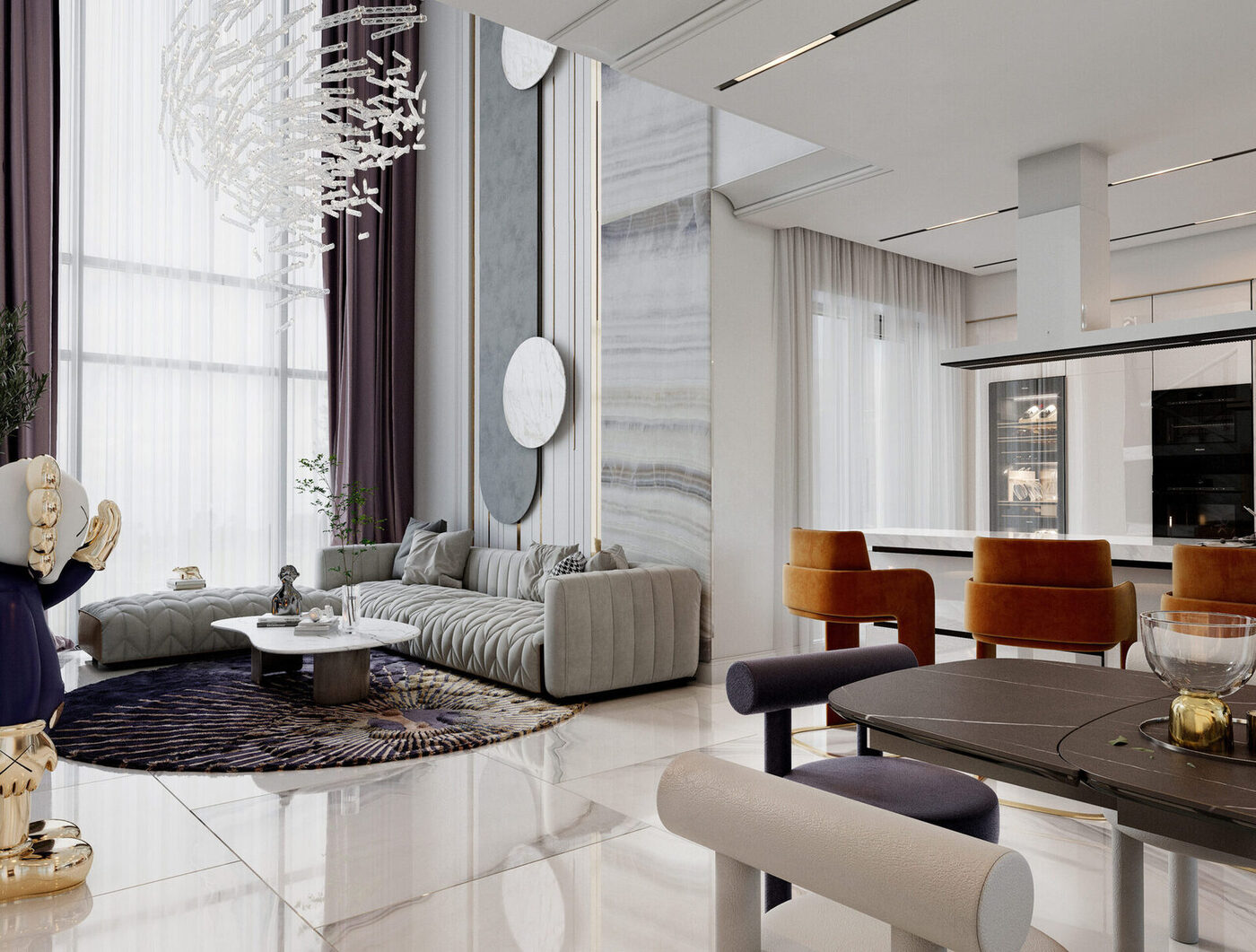
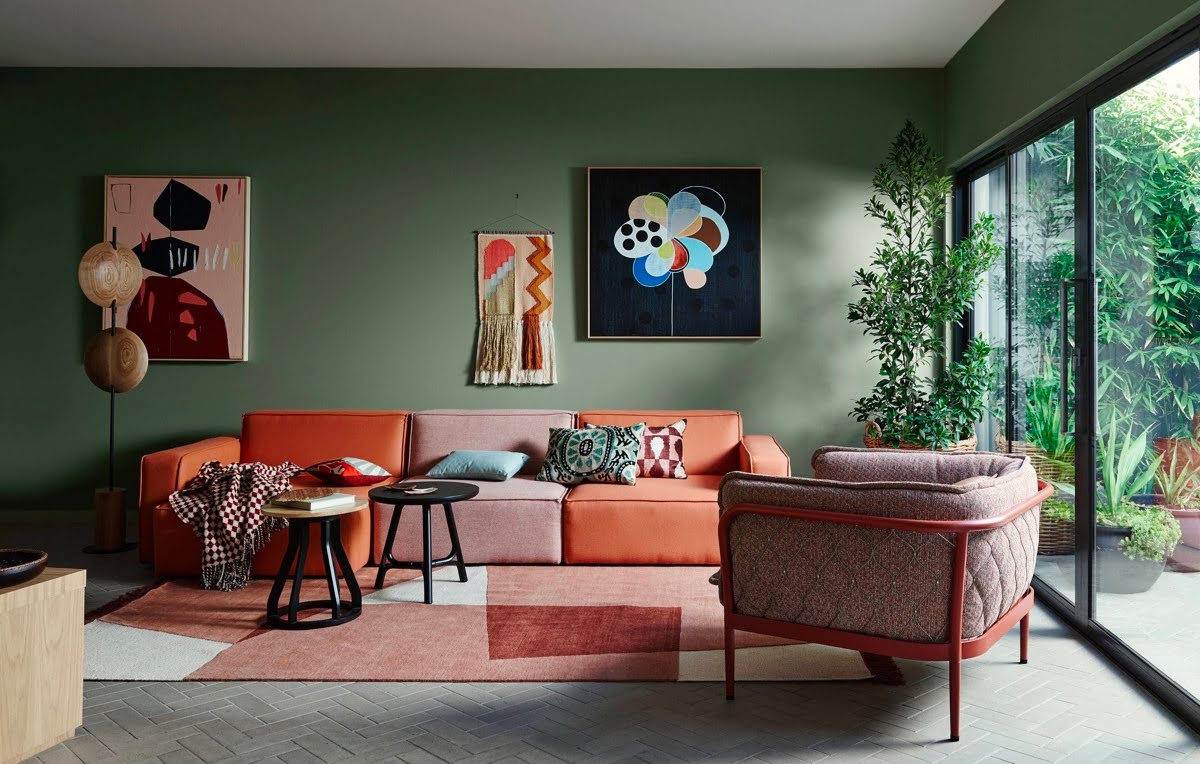
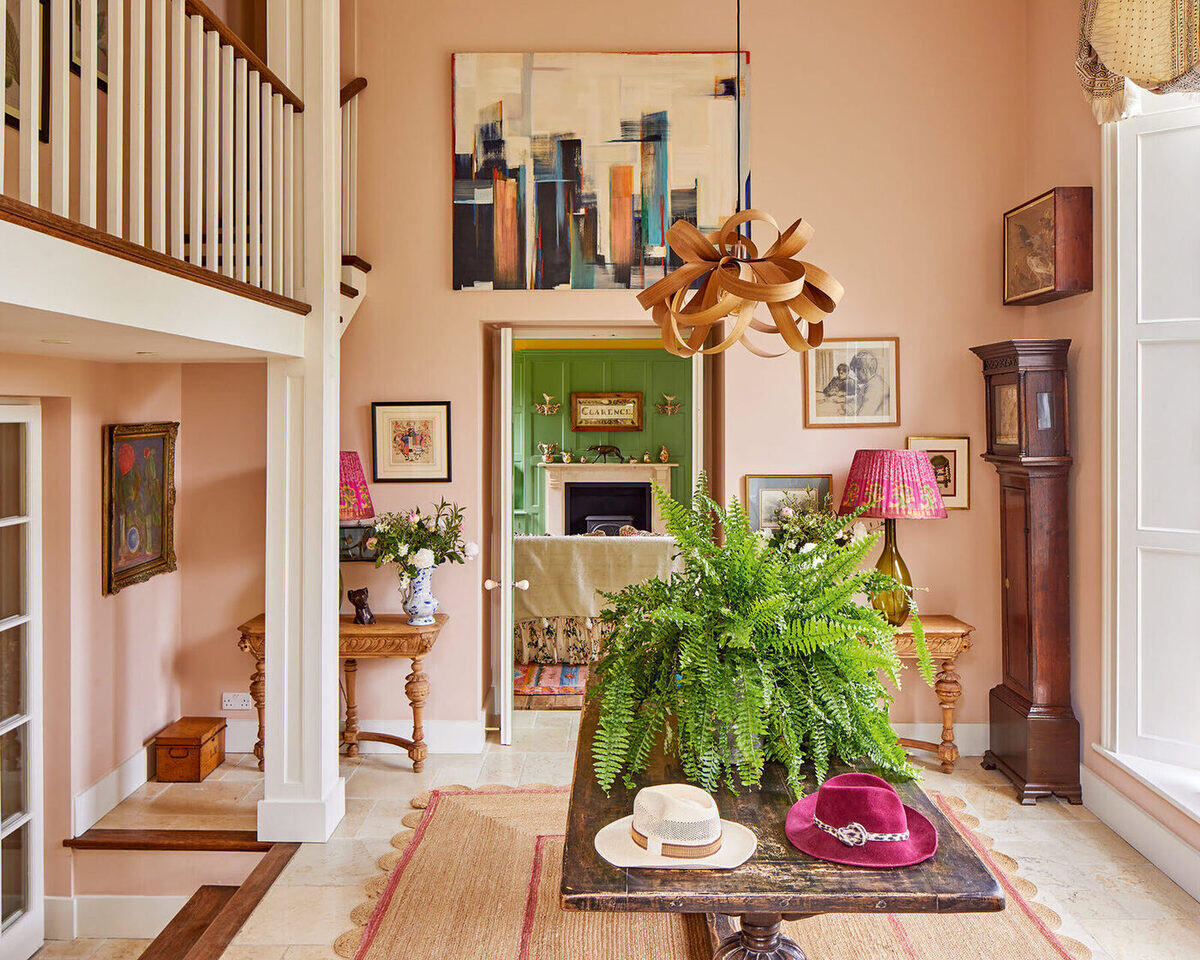
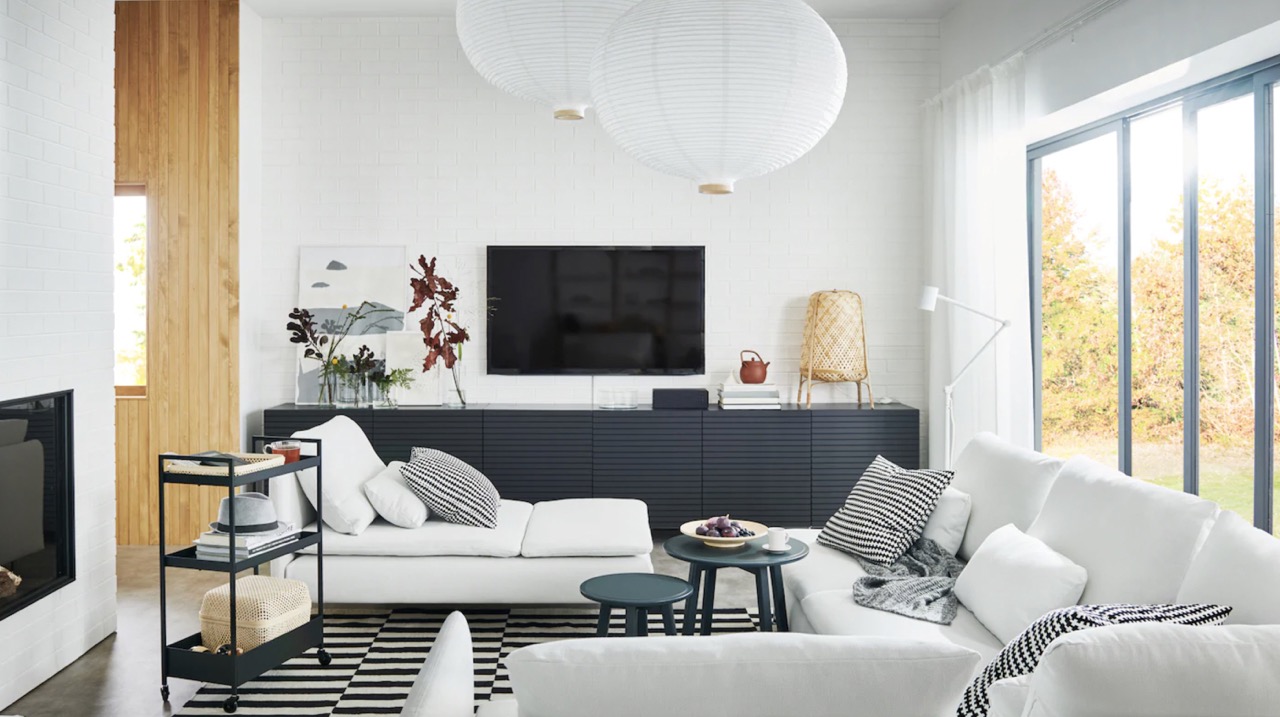
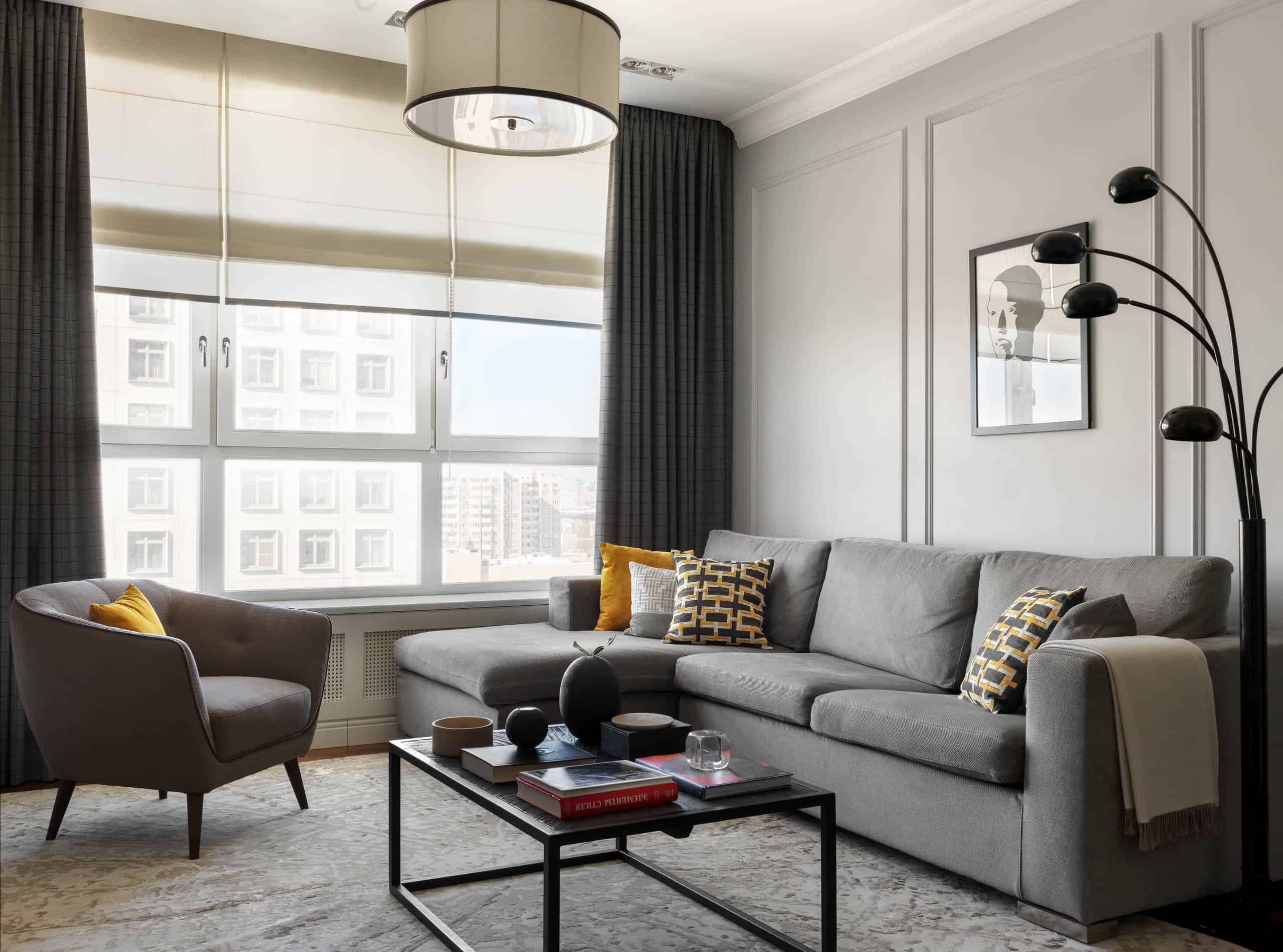

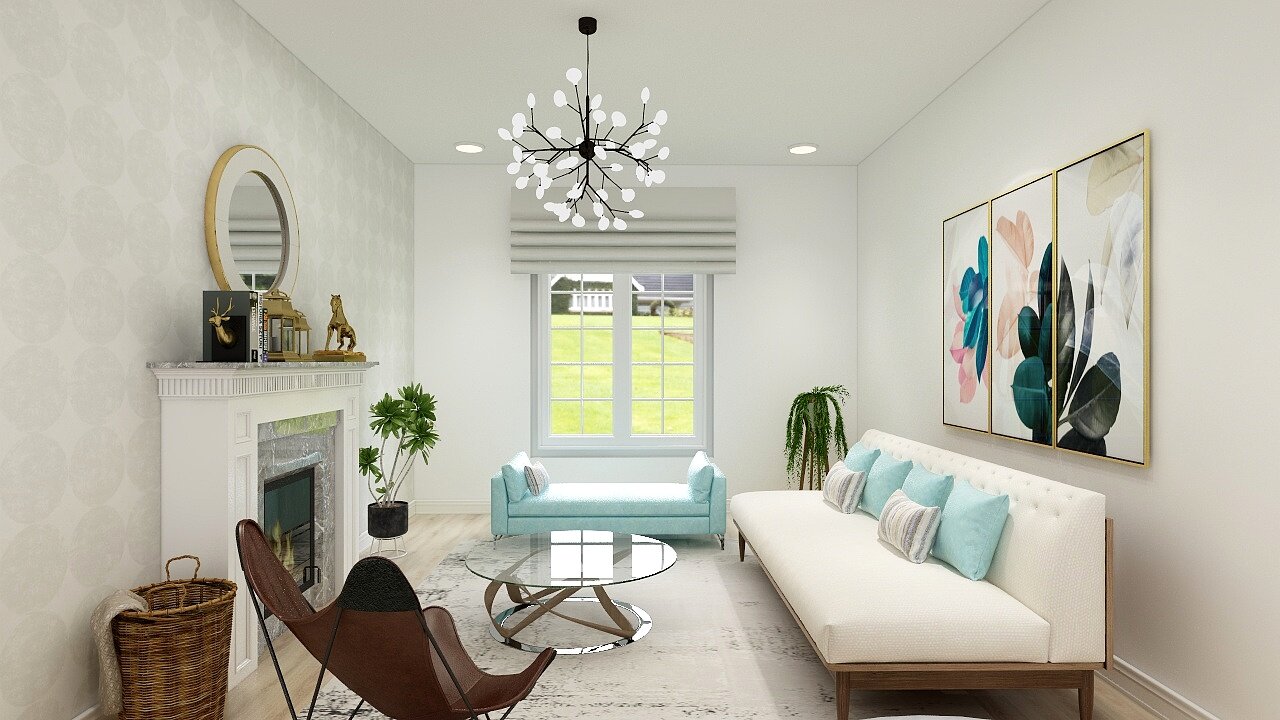

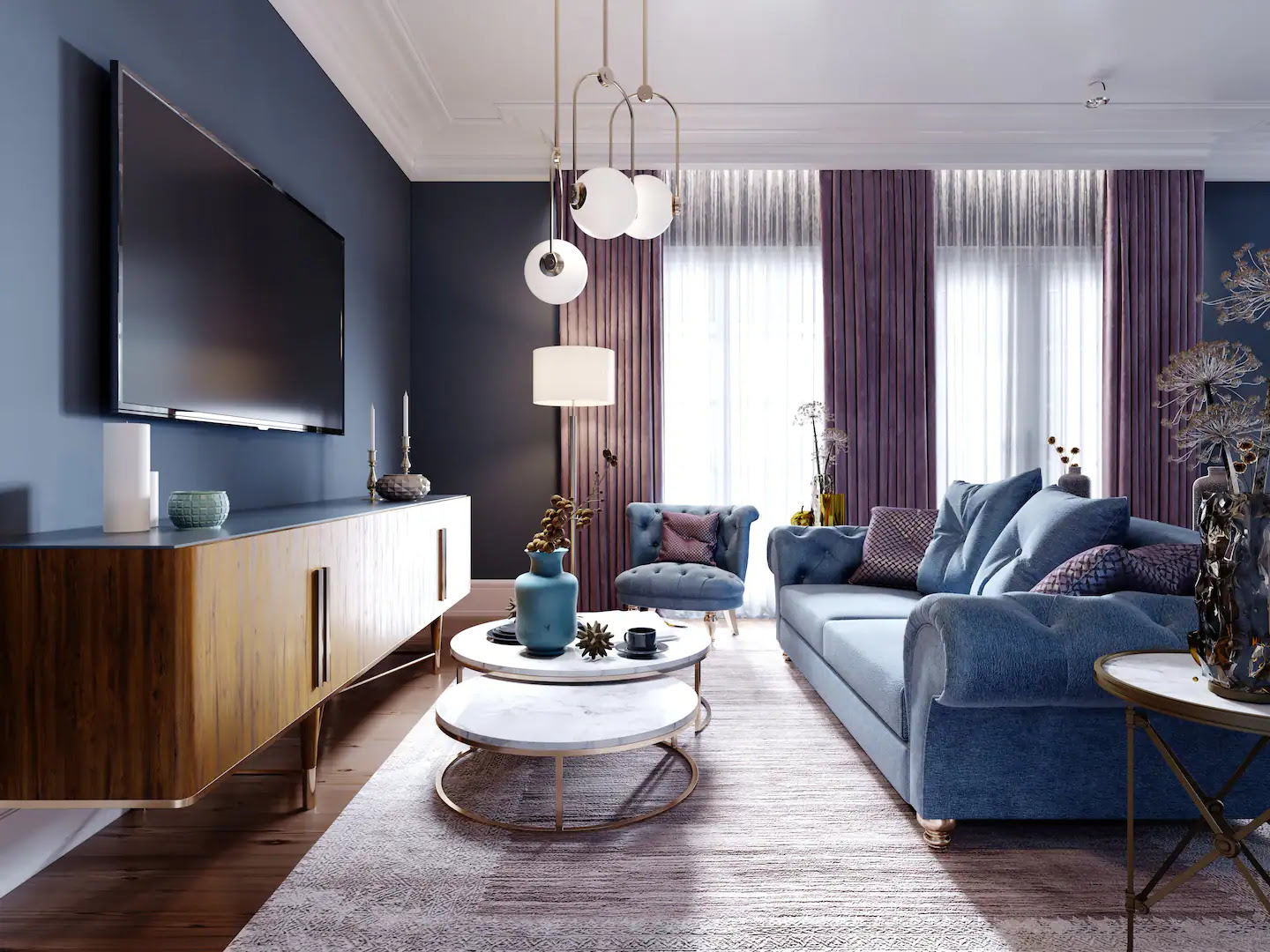

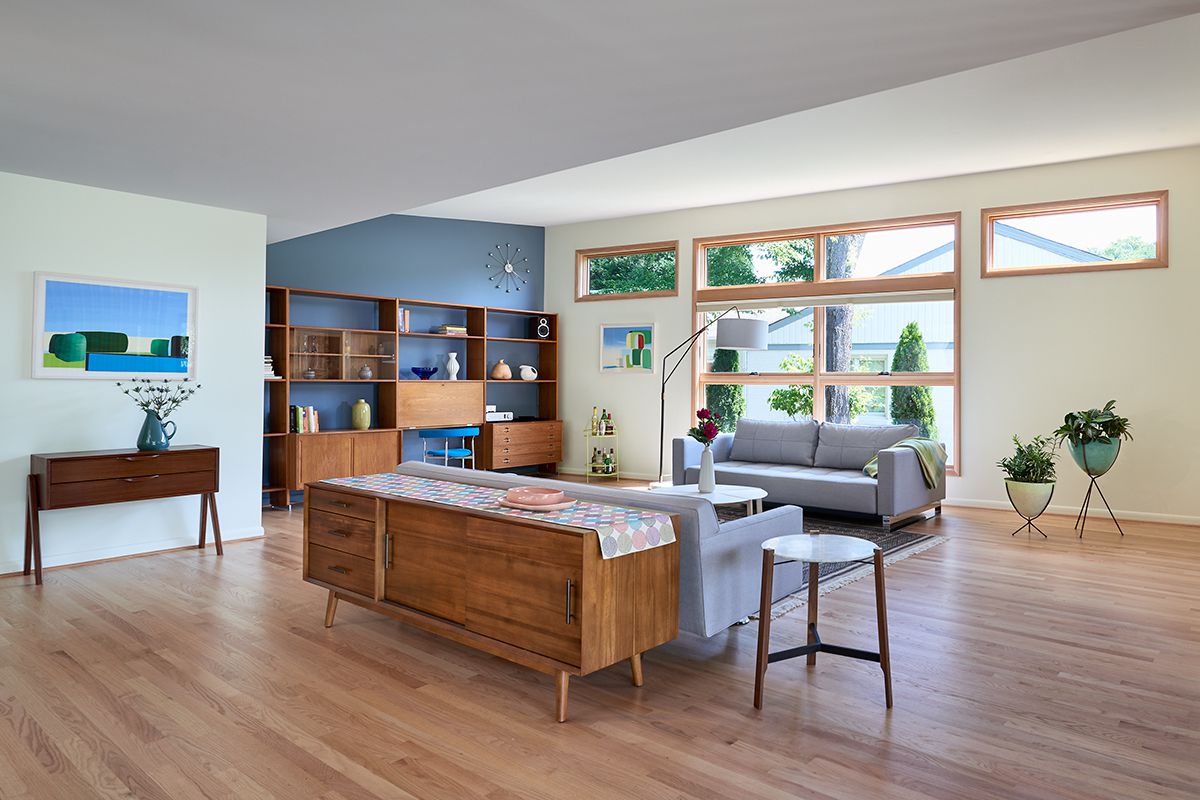
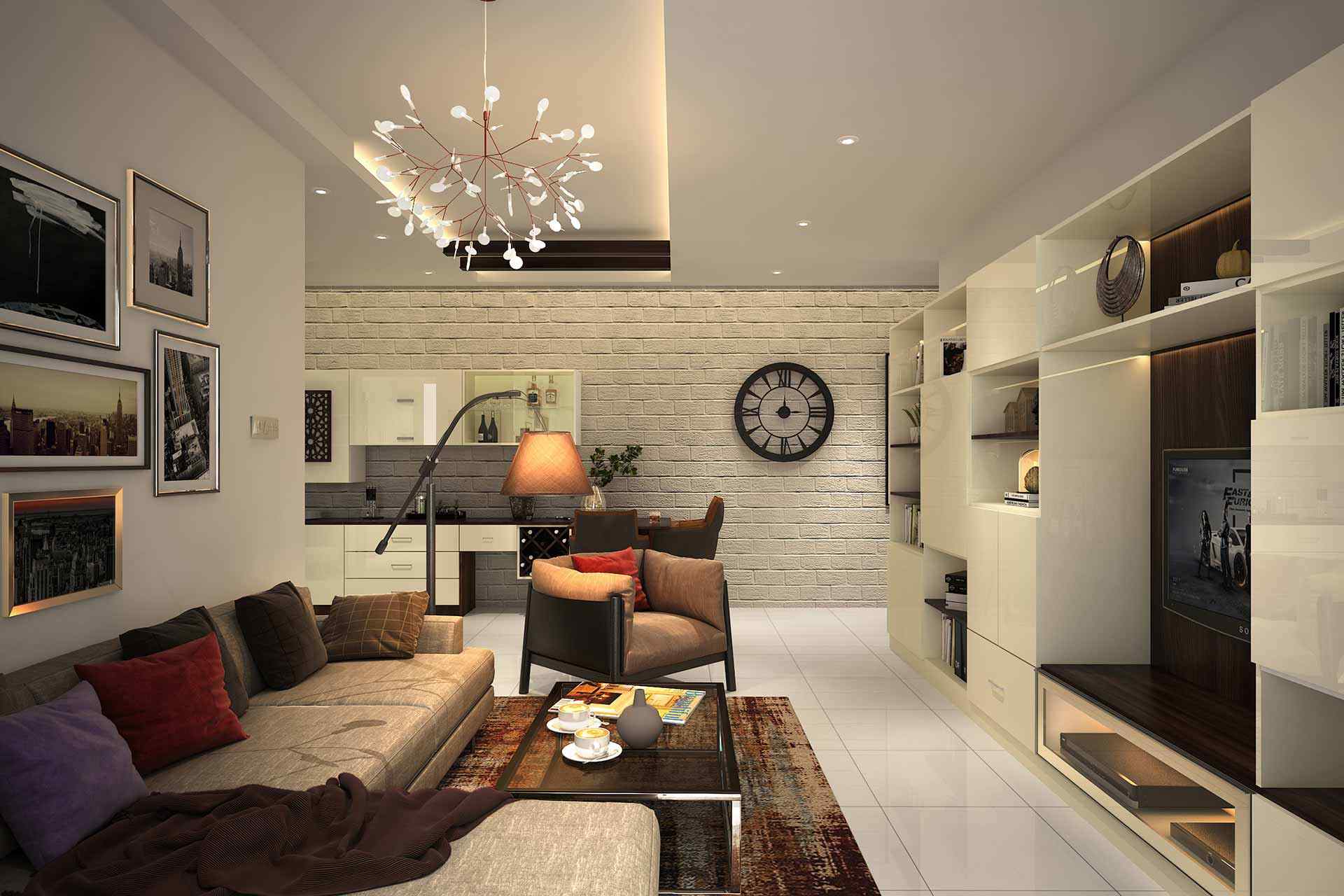
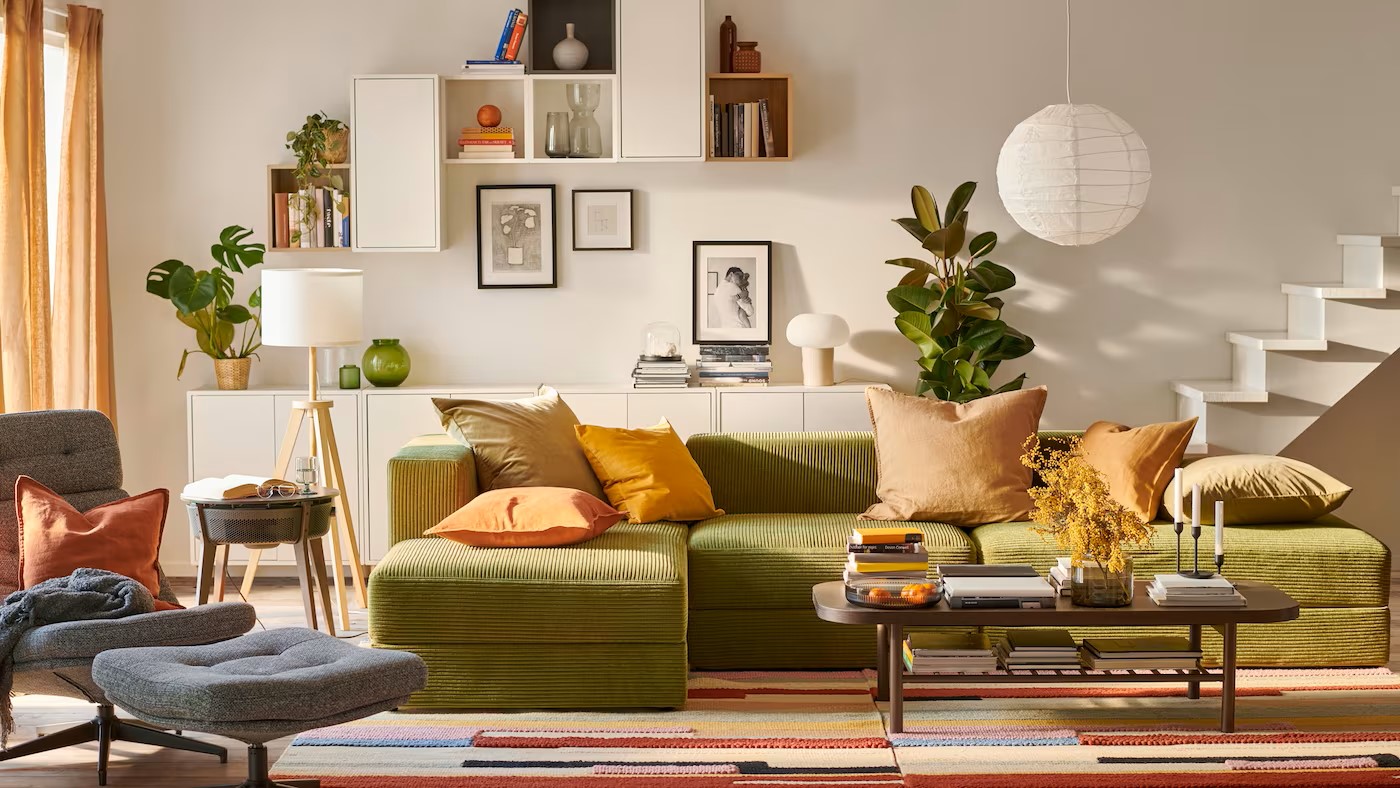

0 thoughts on “How To Style A Living Room”